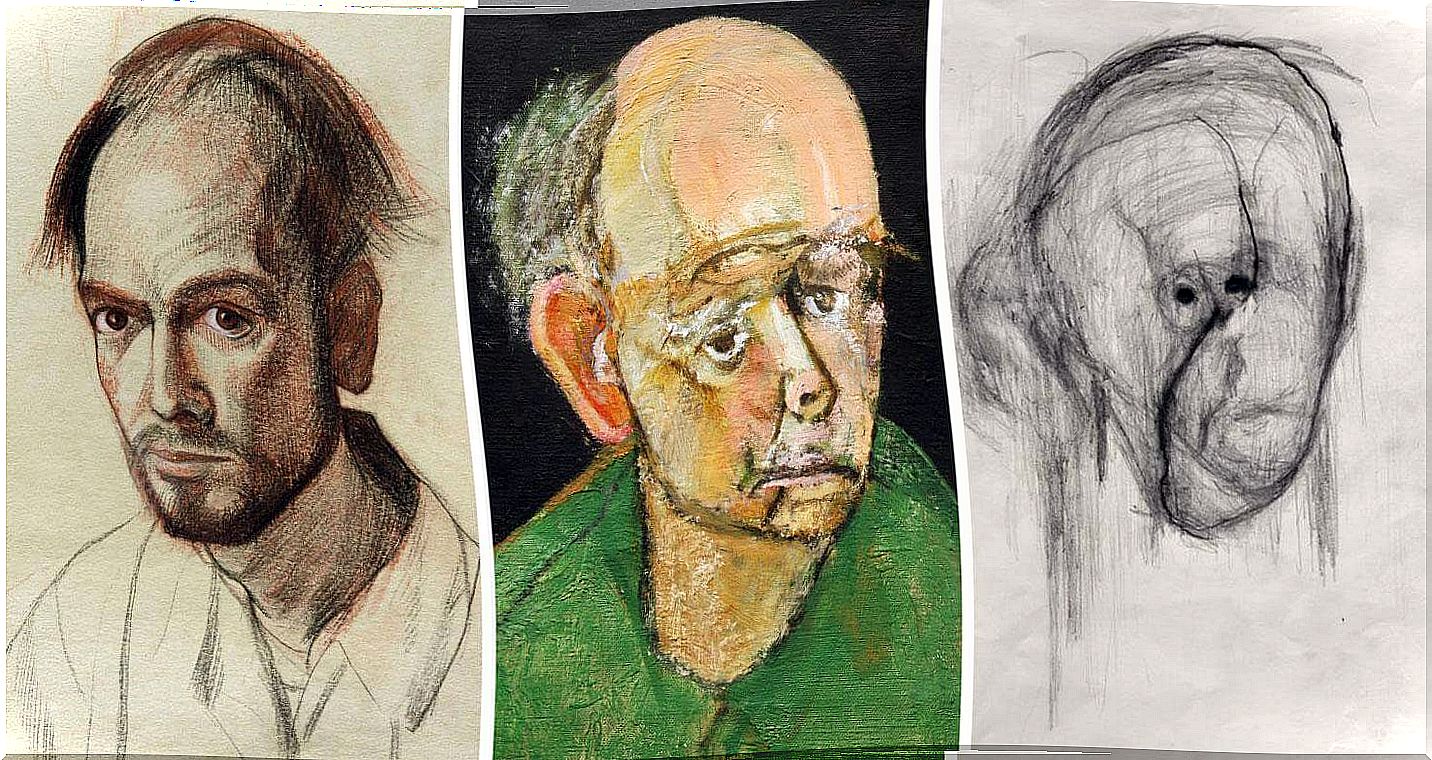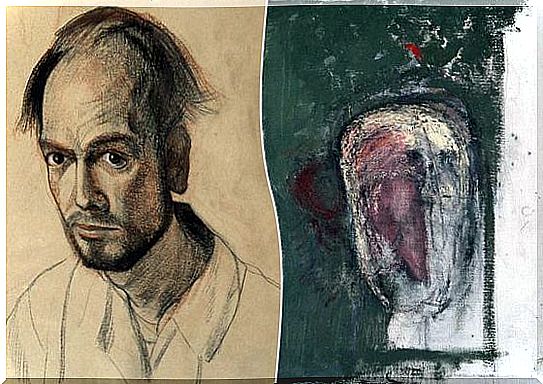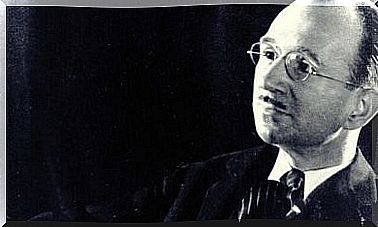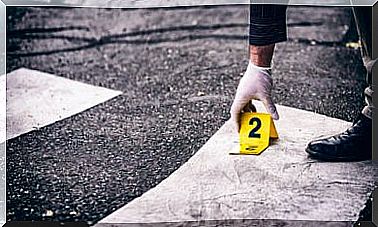The Evolution Of Alzheimer’s Disease Through Art

William Utermohlen was an American artist who gained popularity as a result of his illness and subsequent death. In 1991 the first symptoms began; four years later at the age of 65, he would be diagnosed with Alzheimer’s.
Thanks to his wife Patricia, his caregiver and Art historian, we enjoy an artistic legacy that was first used to help understand the evolution of Alzheimer’s disease.

Image courtesy of society.elpaís.com
His case aroused the attention of numerous media such as the British magazine The Lancet, the American magazine Neurology, The New York Times or the BBC, among others. We reveal the whole story to you.
Alzheimer’s is a disease that is located mainly in the right parietal lobe. This area of the brain is essential to visualize something internally and then translate it. In Utermohlen’s work, it can be appreciated in an incomparable way how his way of visualizing and expressing changes profoundly as his disease evolves.
And it is that as his wife Patricia says already in 1991 he began to notice certain changes in her husband, he began to have problems buttoning his shirt, problems in handling money and lost agility with writing. In addition, d ince the diagnosis of his illness, his artistic production is mainly based on the realization of self – portraits, ranging trasformando to pace their disease progressed.
Little by little he was losing the capacity for spatial representation, the relationship between features and objects, between proportion and perspective; His work was becoming more and more simplified, the background of the paintings was being lost and the color palette that characterized his work was being reduced to black and white. .. just like his life.
In this interesting summary of his work you can appreciate the evolution of Alzheimer’s disease in the artist.

And the fact is that his coarsest and coarsest drawing seems to perfectly reflect his physical and psychological deterioration; each year there is a greater deterioration in his person and in his self-portrait until he culminates with a last work in which his face does not exist, there is nothing, it is the year 2000 shortly before his death. According to his wife “it is as if William had assimilated his destiny in his painting: to subsist while he disappeared”.
It is really incredible how the loss of skills created in him a new ability: the ability to capture the suffering and the soul of a person with Alzheimer’s. If Alzheimer’s causes your right parietal lobe to be affected to visualize something and translate it into William it seems that it gave him a new ability to visualize but in a different way … to visualize his soul.
Undoubtedly dementia as well as other mental illnesses and disorders are in many cases a source of artistic inspiration and a reflection of the suffering of these people. They are an excellent example of the relationship between dementia and Art.
What other cases has Art given in which disease plays a fundamental role as a source of expression?
Vincent Van Gogh. Perhaps he is the artist best known to all of us when we relate mental illness and Art. Van Gogh suffered from a manic-depressive illness that led him to create highly expressive works, in which the vibrant color and energetic stroke that can be seen in works as significant for the history of Art as “The Starry Night” among many others, They are a clear example of his tormented mind.
Edvard Munch. Diagnosed with depression, surely derived from his excesses are alcohol and the suffering caused by the death of his sister Sophie and her mother due to tuberculosis, and the death of his sister Laura in a psychiatric center due to schizophrenia, his work “El Grito” does not need explanations. It is a painting that speaks for itself with force, with claw.
And it is that according to , section chief of the Psychiatry service of the Puerta del Hierro University Hospital in Majadahonda and spokesperson for the Spanish Society of Psychiatry “Hallucinations or delusions empower an opening in art. There is greater sensitivity, they transmit in another way “









